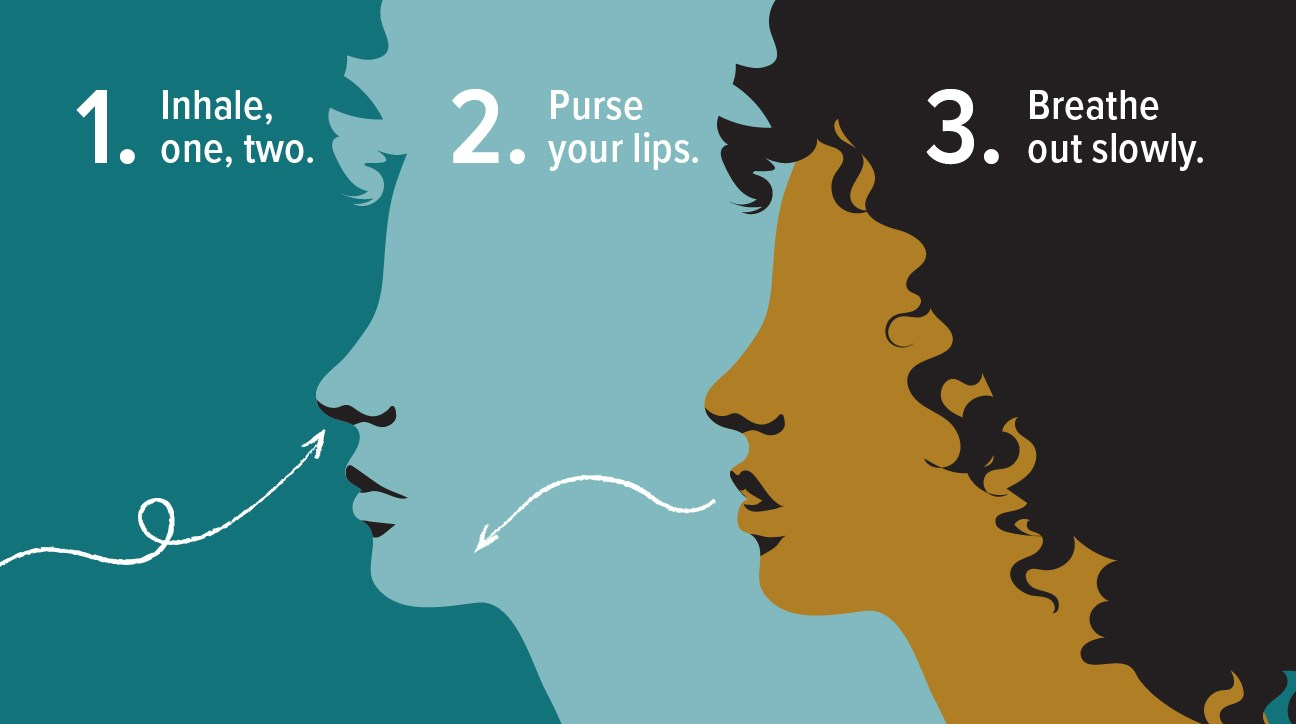Most of us can benefit by better or more efficient breathing, regardless of whether we have a chronic health problem or not. We all need to breathe to live well. Shortness of breath is a common symptom that can result from many things, such as heart disease, lung disease, anxiety, poor fitness, obesity, stress or even from desirable causes such as exercise.
What are some things you can do to manage or avoid shortness of breath?
- Here are some answers:
- Good posture
- Avoid dust or other irritants
- Avoid being around smokers or allowing smoking in the house
- Stop smoking
By learning a few simple breathing techniques, you can:
- Reduce stress levels in your body.
- Lower your heart rate.
- Lower your blood pressure.
- Improve diabetic symptoms.
- Reduce depression.
- Better manage chronic pain.
- Better regulate your body’s reaction to stress and fatigue.
- Reduce the possibility of burnout for caregivers.
There are a vast number of methods and practices that focus on the breath. They all concentrate on various aspects of health and mental wellbeing. Many are easily available and easy to learn. Some of you can do on your own and others are best practiced with a trained professional. It all depends on how deep you want to go. Here are a few techniques and practices to get you started:
- Nostril Breathing.This technique can help to reduce agitation and anxiety. As you breathe you close off one nostril and take air in slowly through the other. Then switch, closing off the second nostril while breathing through the first. Repeat the process until you begin to feel calmer.
- 4,7,8 Method.Developed by Dr. Andrew Weil, this breathing method helps you get to sleep. It is a simple and straight forward method. You inhale to the count of four, hold your breath to the count of seven, and then exhale to the count of eight. Repeat as needed.
- Belly Breathing.This type of breathing is easy to practice because you can feel your body taking in and exhaling air by the movement of your abdomen. Lie down on a bed or on the floor. Place one hand on your stomach and inhale slowly through the nose (notice the abdomen rising). As you exhale, you contract the abdomen muscles and push the air out of your lungs.
Breathing is a workout in itself for the body. If breathing is taken seriously and done with utter care and consciousness it can benefit the body and can increase the efficiency of everyday life and process.





